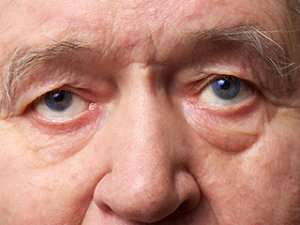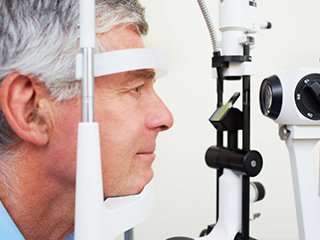


Macular Hole
The condition known as a macular hole refers to a tiny break in the macula that results in blurry or distorted vision. To fully understand the condition, one must understand eye anatomy. The macula is a spot located in the center of the retina (the back portion of the...
Nystagmus
Nystagmus is a vision condition characterized by repetitive, uncontrolled eye movements. These involuntary eye movements may be side-to-side, up and down, or in a circular pattern, which hinders the eyes’ ability to focus on a steady object. Individuals with nystagmus...
Corneal Ulcer
The cornea is present as a clear tissue that is located at the front of the eye. A corneal ulcer occurs when there is a sore in the layer of the cornea. Symptoms of this include redness, drainage, visual disturbances, sensitivity to light, itching and discomfort....
Ocular Rosacea
Ocular rosacea, an inflammation of the eye and/or eyelid, occurs in conjunction with rosacea of the skin. A chronic inflammatory condition, rosacea primarily affects the face, cheeks, forehead, and chest area. When rosacea affects the eyes and/or eyelids, the...


